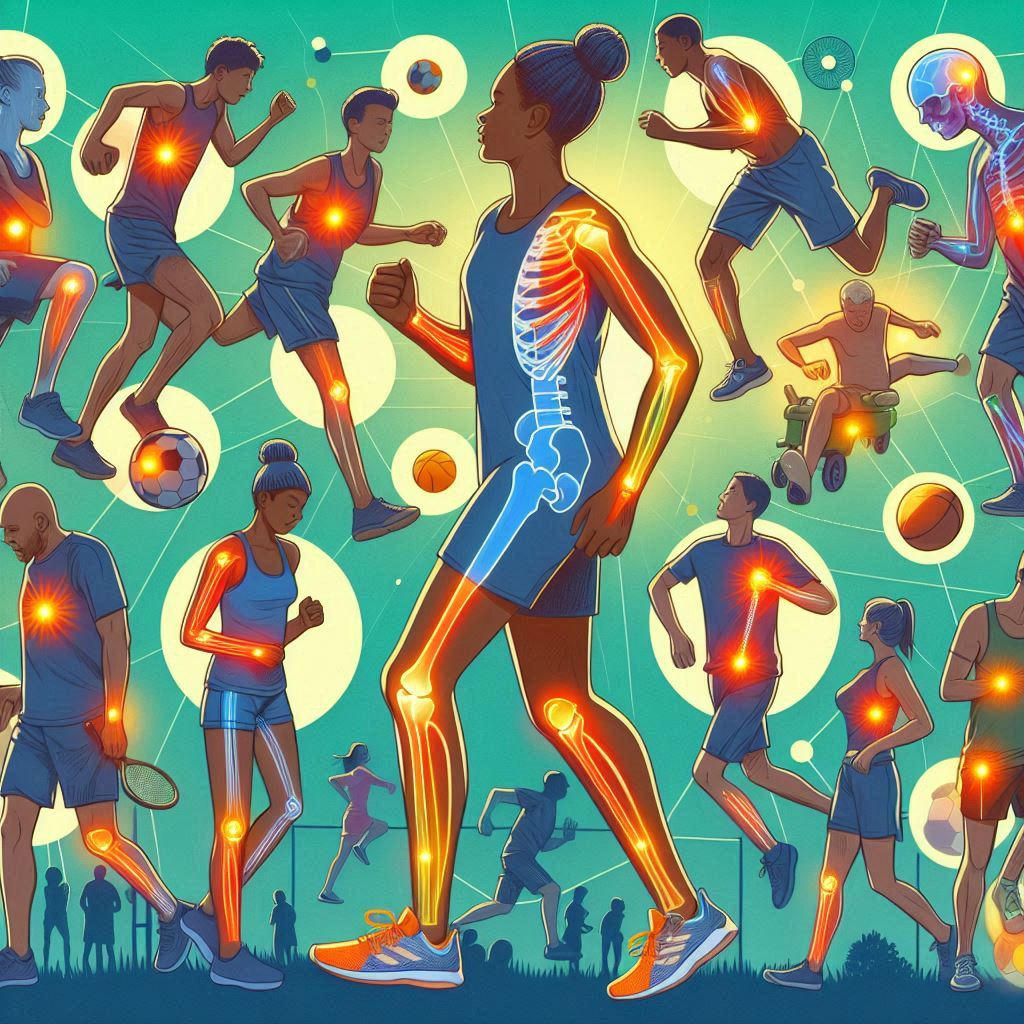What Is Causes of Musculoskeletal Injuries Across All Ages
Musculoskeletal injuries are a significant concern for individuals of all ages, with distinct challenges faced by children, adolescents, and adults. Active children and adolescents lead vibrant lives filled with physical activities, sports, and play. Their developing bones and muscles contend with unique risk factors, while adults may suffer from injuries related to lifestyle, overuse, or aging. This comprehensive blog post will explore musculoskeletal injuries, their common causes across different age groups, preventive measures, and tips for effective recovery. What Are Musculoskeletal Injuries? Musculoskeletal injuries encompass injuries to the bones, muscles, tendons, ligaments, and cartilage. These injuries can range from mild sprains to severe fractures, and they are commonly categorized into: Unique Risk Factors for Musculoskeletal Injuries in Children and Adolescents Children and adolescents are not merely “small adults.” Their growing bodies have characteristics that influence the types of injuries they may experience: Common Types of Musculoskeletal Injuries in Children and Adolescents Here are some prevalent musculoskeletal injuries seen in active young individuals: 1. Clavicle Fractures Common among youths involved in contact sports, clavicle fractures usually heal well with conservative treatment, including bracing and physical therapy. 2. Torus (Buckle) Fractures These forearm injuries are caused by compression and typically result in a bulge without a complete fracture. Healing usually requires simple immobilization. 3. Radial Head Subluxation Often occurring when a caregiver pulls on an extended arm, this injury can typically be resolved quickly through a reduction technique. 4. Apophyseal Injuries Conditions like Osgood-Schlatter disease affect growth plates at tendon attachments and can often be managed nonoperatively with rest and physical therapy. 5. Osteochondritis Dissecans and Other Osteochondroses These involve cartilage separation and may require ongoing monitoring and, in some instances, surgical intervention based on the severity and persistence of symptoms. For Information You Can Visit Here Common Causes of Musculoskeletal Injuries in Adults For adults, the causes of musculoskeletal injuries are often related to lifestyle factors: Preventing Musculoskeletal Injuries Preventing musculoskeletal injuries involves a combination of strength, flexibility, and awareness, applicable to all age groups. Here are effective strategies: Management and Recovery from Musculoskeletal Injuries When treating musculoskeletal injuries, proper management is vital for recovery and preventing long-term complications. Here are some key points to consider: Conclusion Musculoskeletal injuries represent a significant health concern across all age groups, but understanding the unique characteristics, causes, and treatment strategies can guide effective management. By prioritizing injury prevention, early intervention, and proper recovery techniques, we can help children, adolescents, and adults lead healthier, more active lives while minimizing the risk of long-term complications. If you found this information valuable, please share this blog with fellow parents, coaches, and anyone involved in sports or physical activities. Together, let’s keep our communities informed and proactive about musculoskeletal health!

